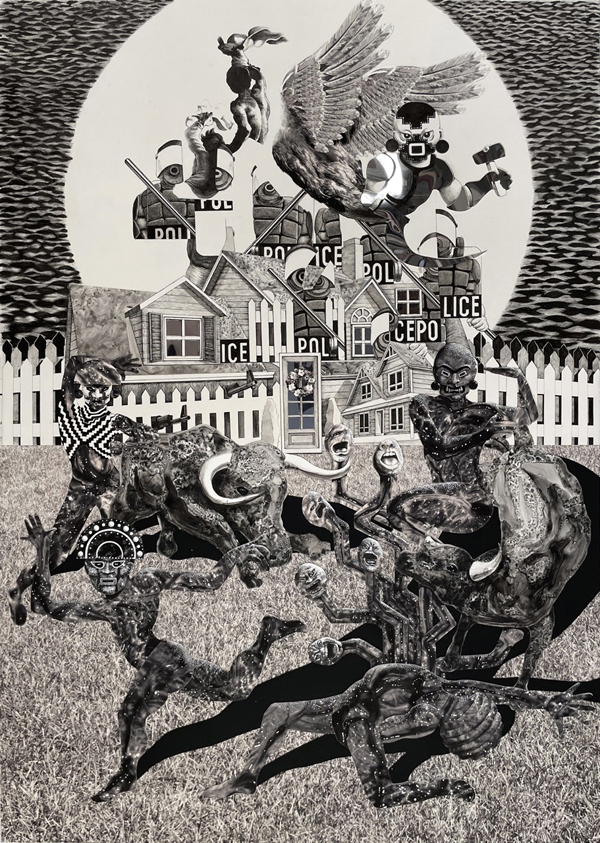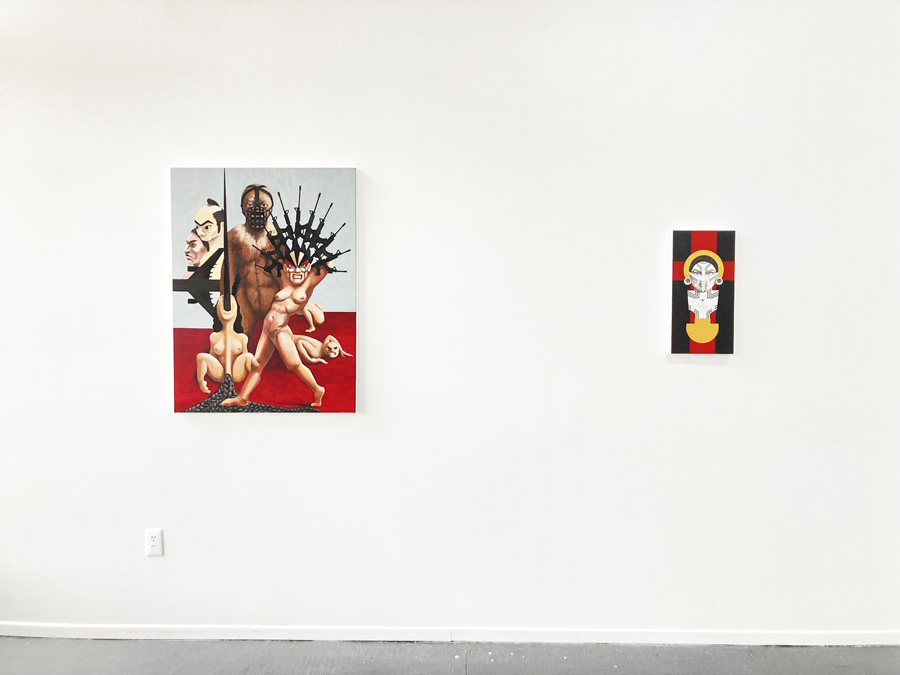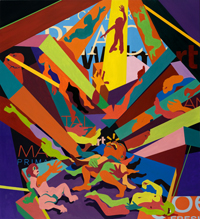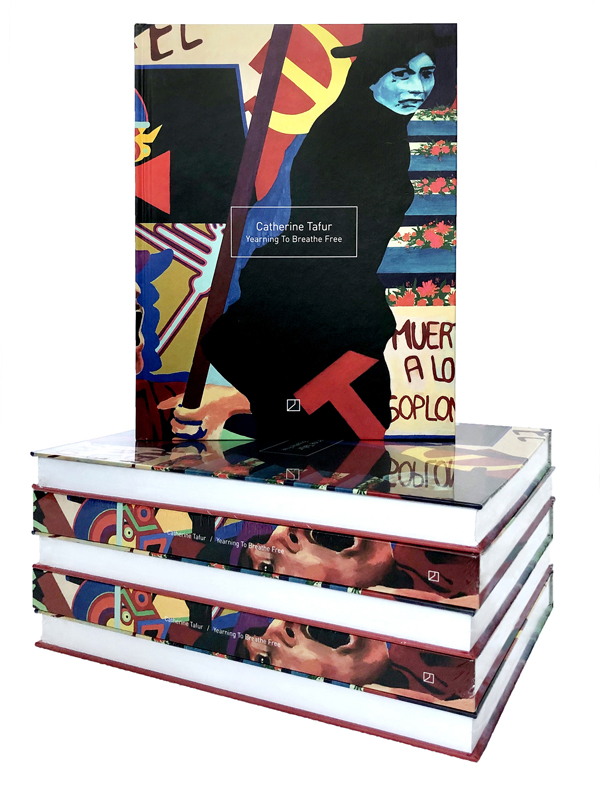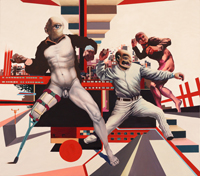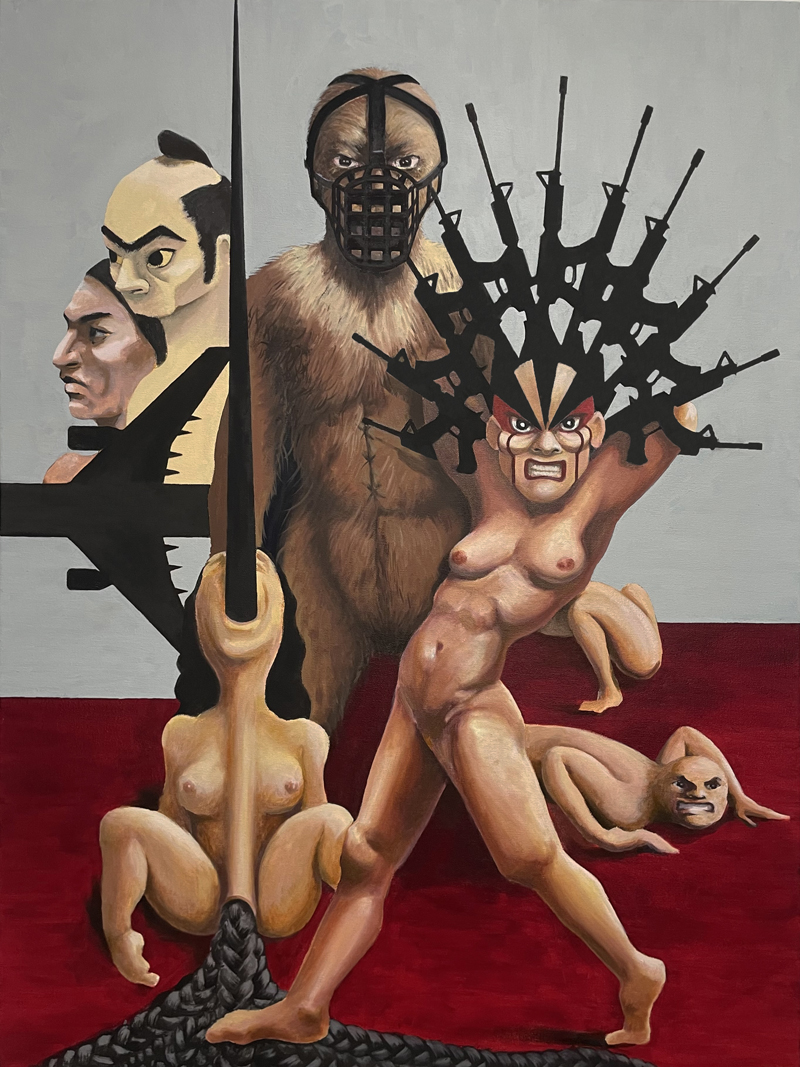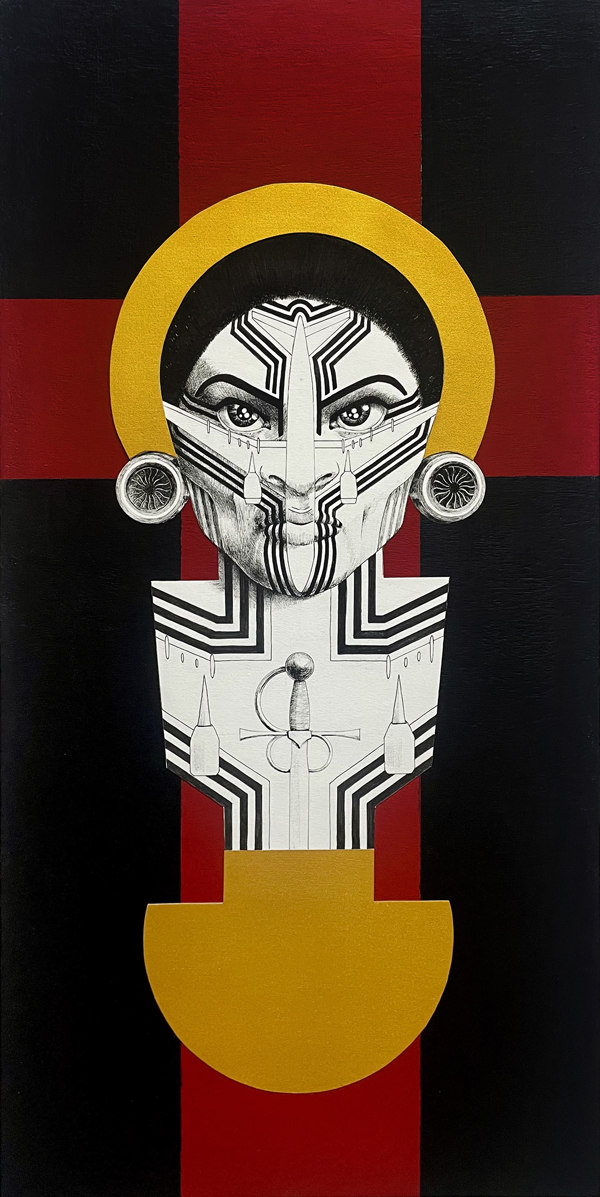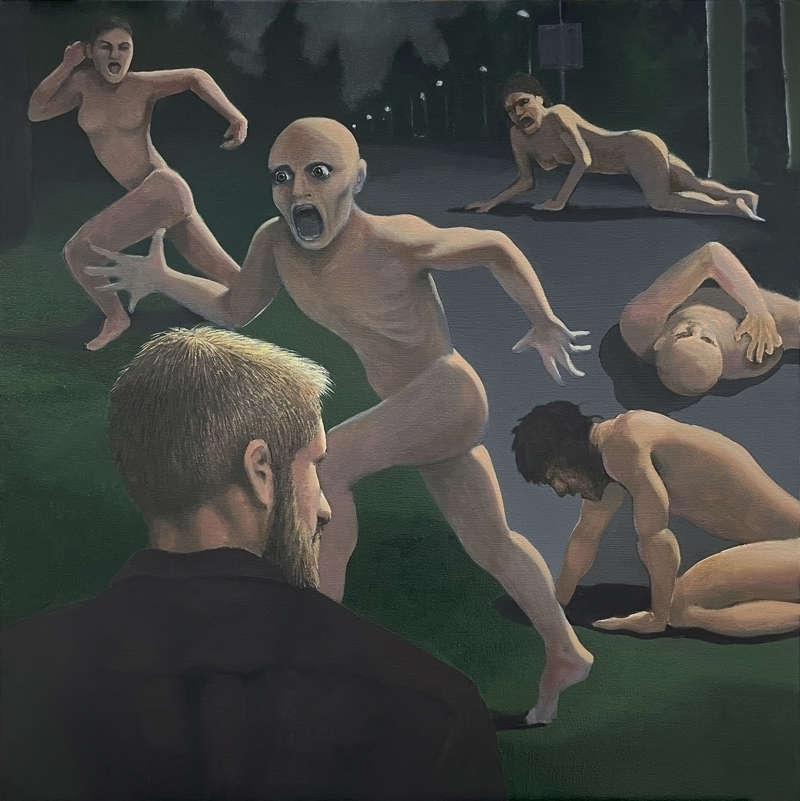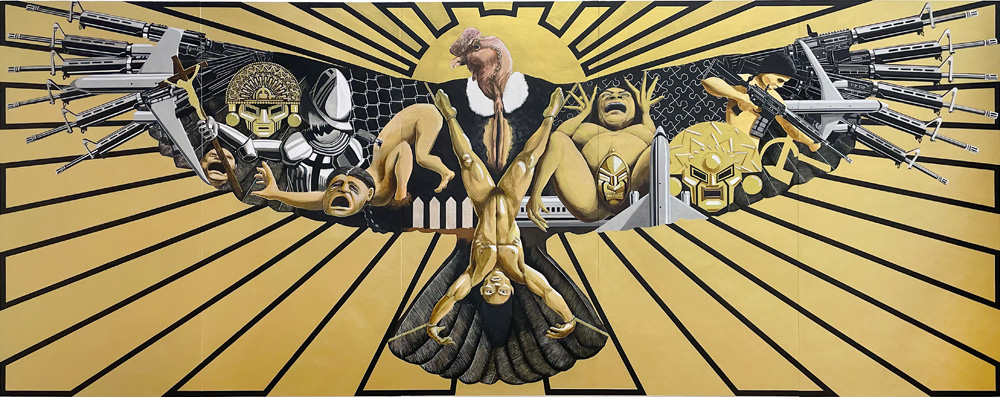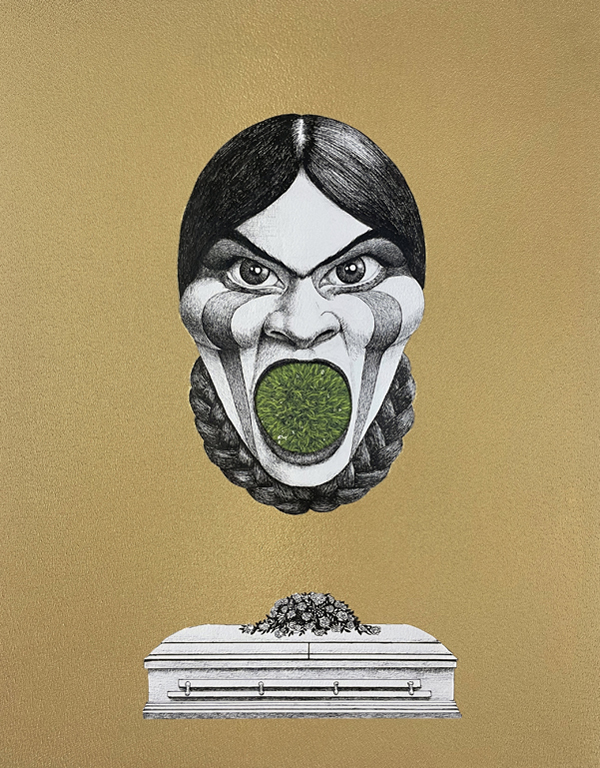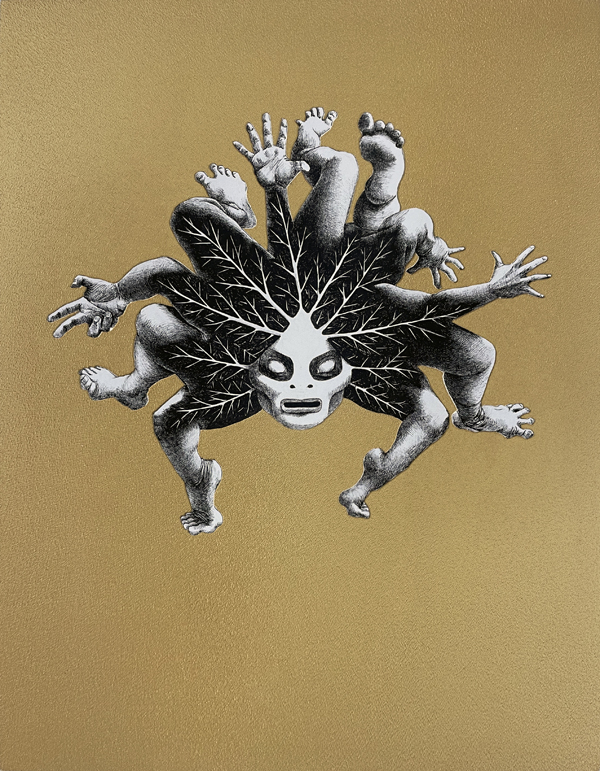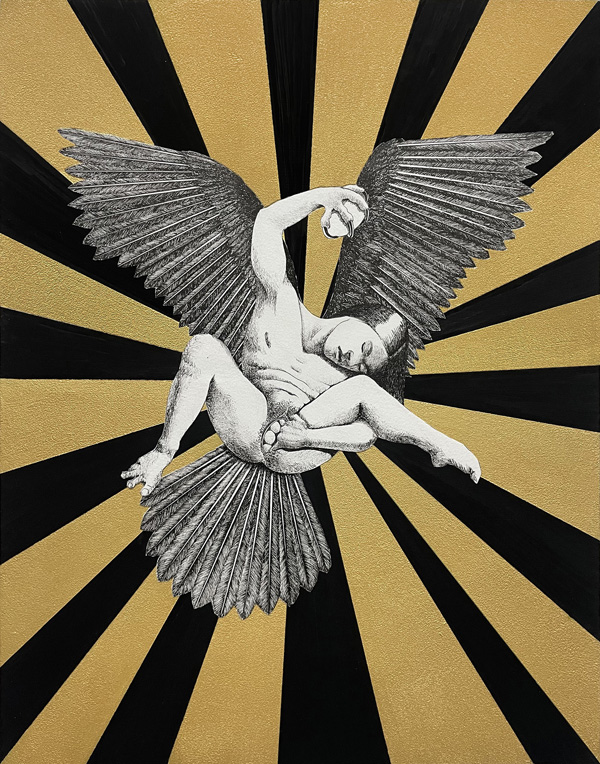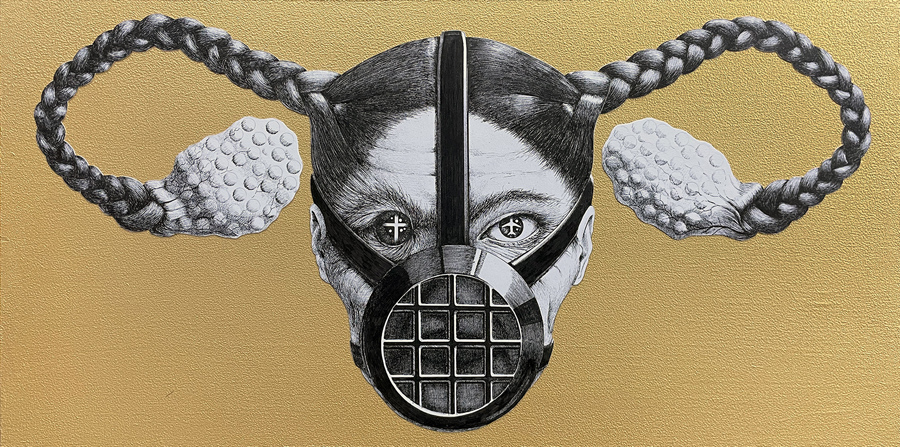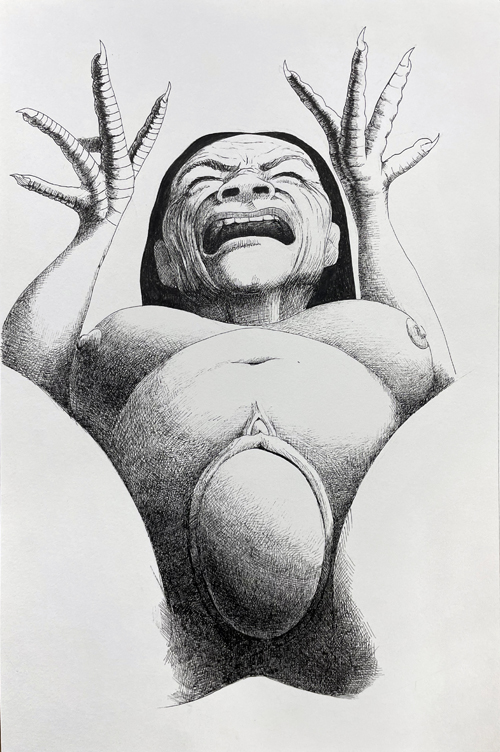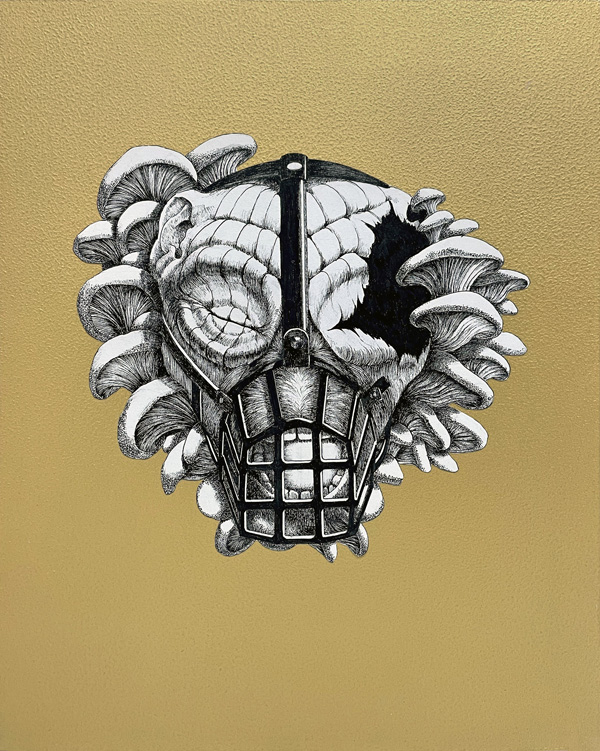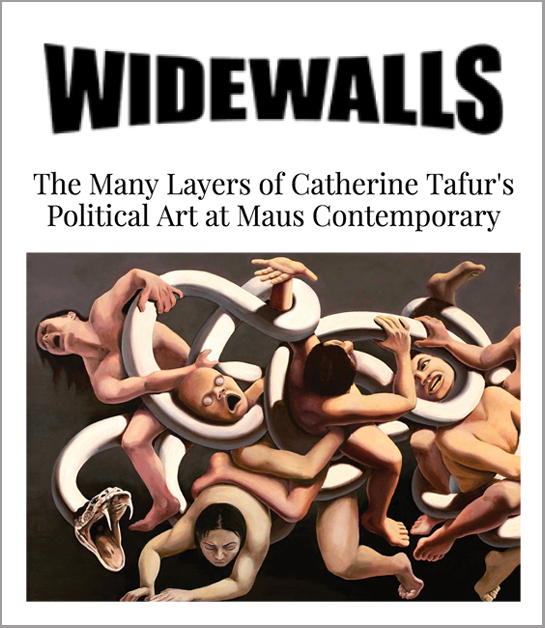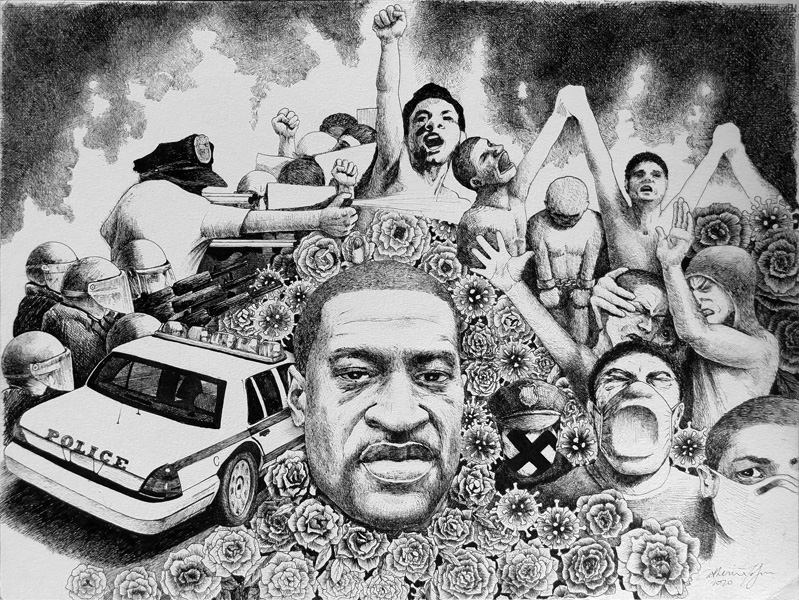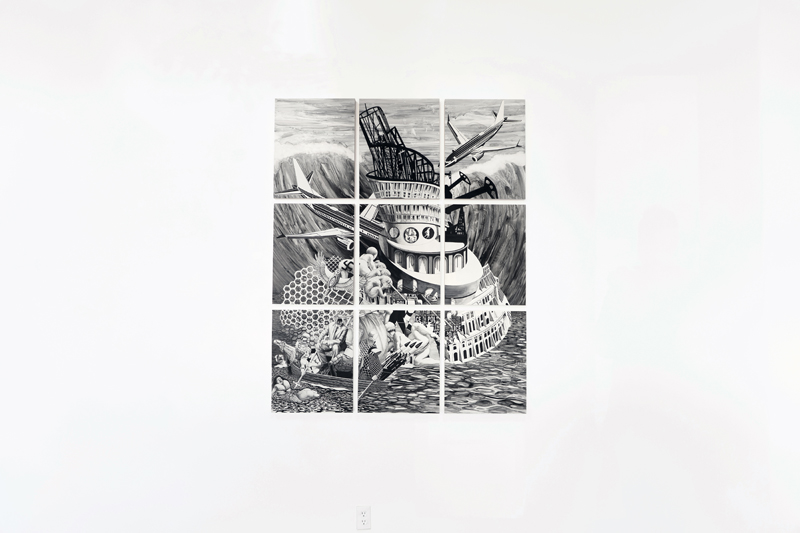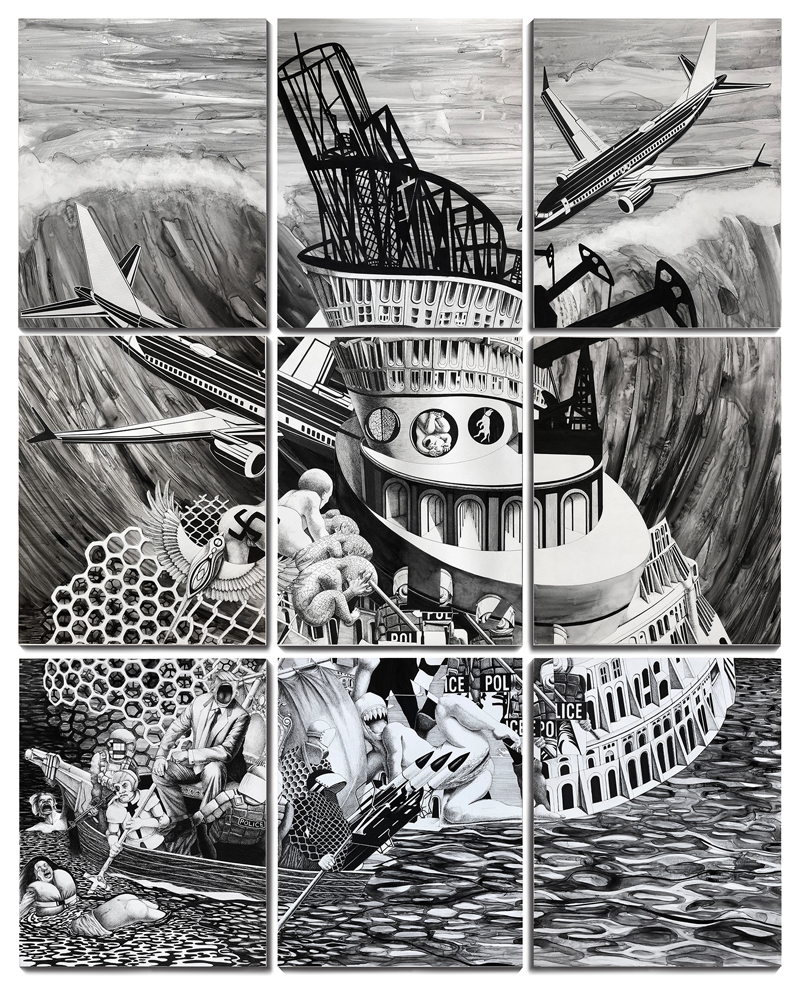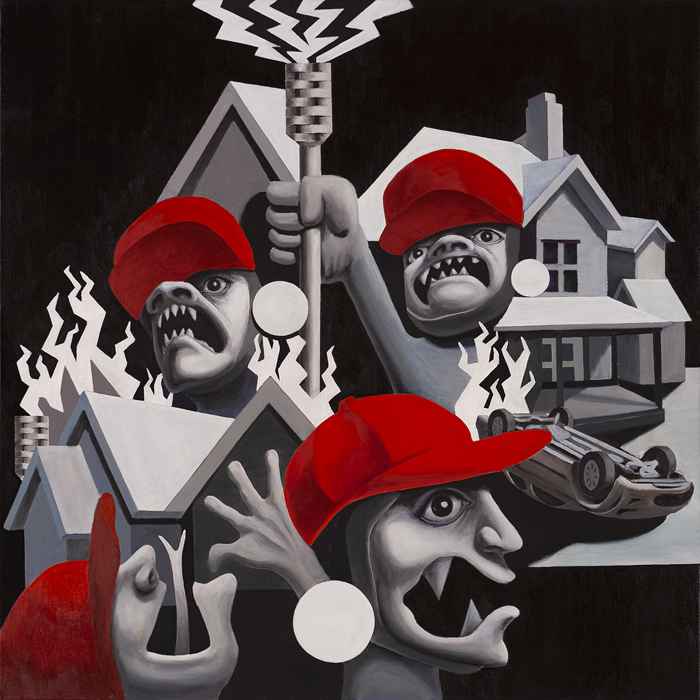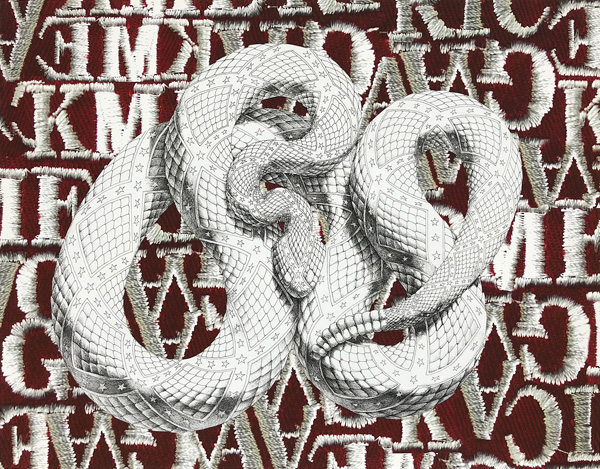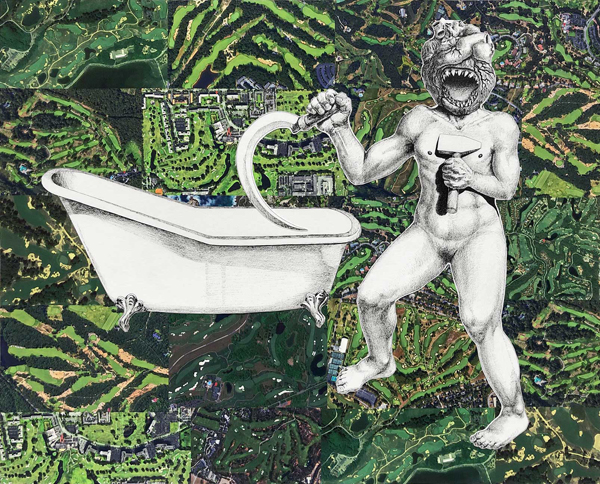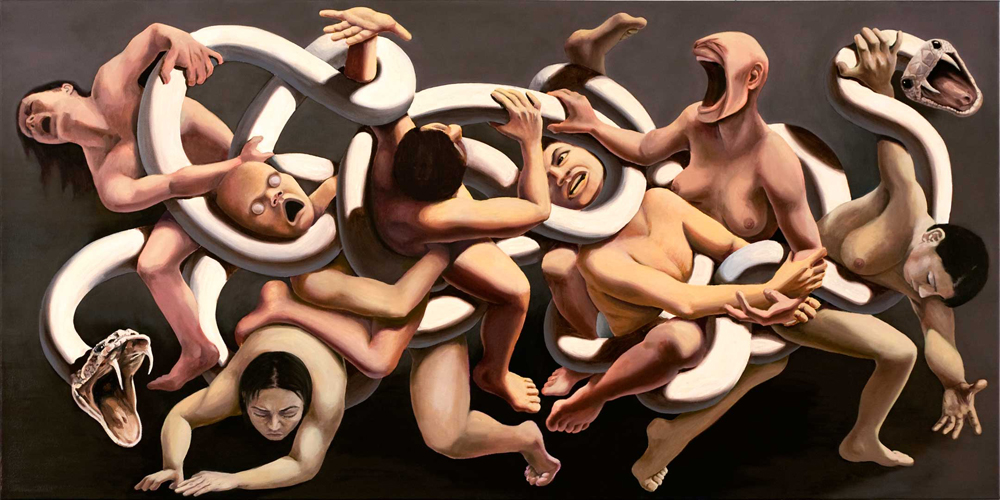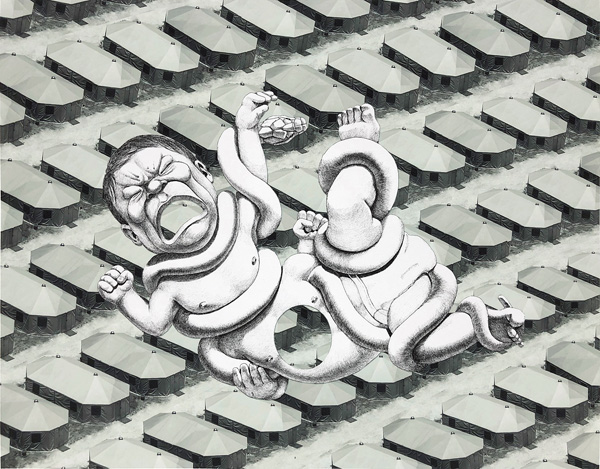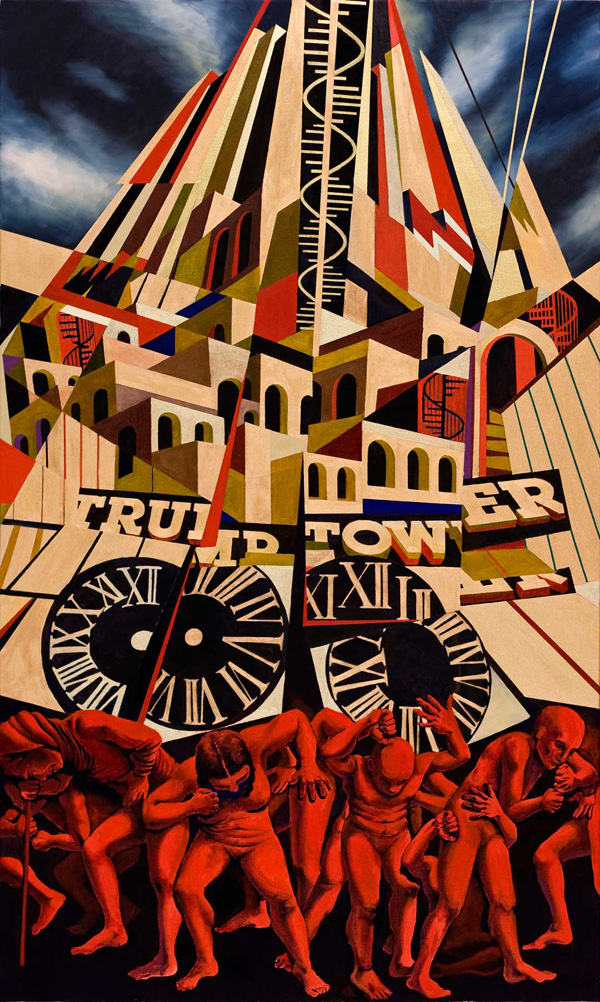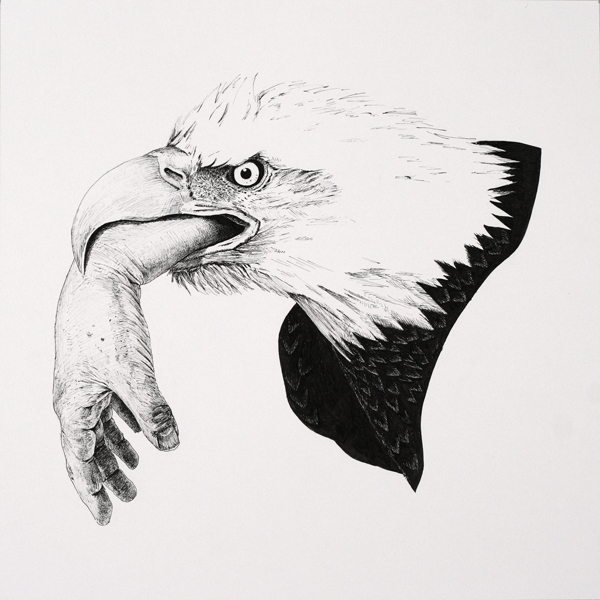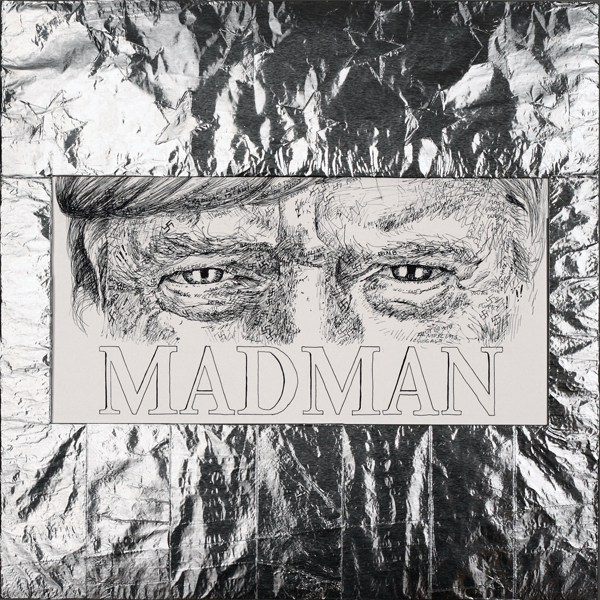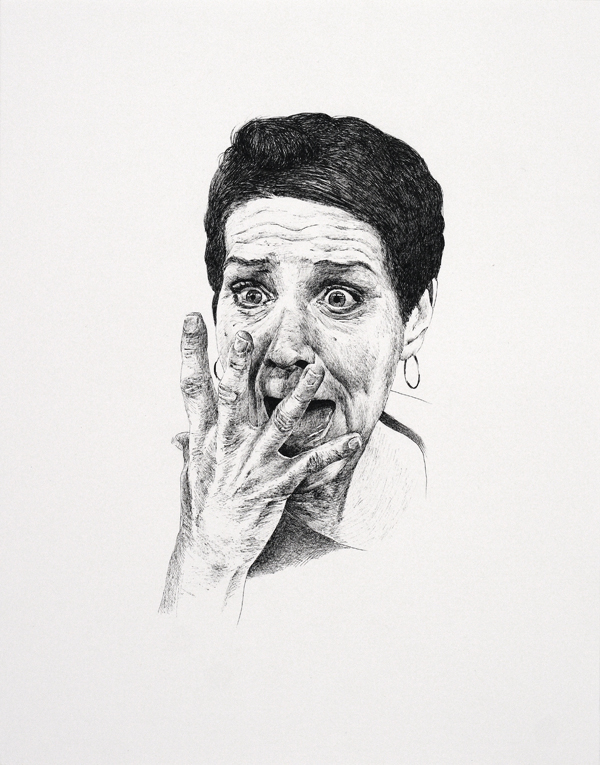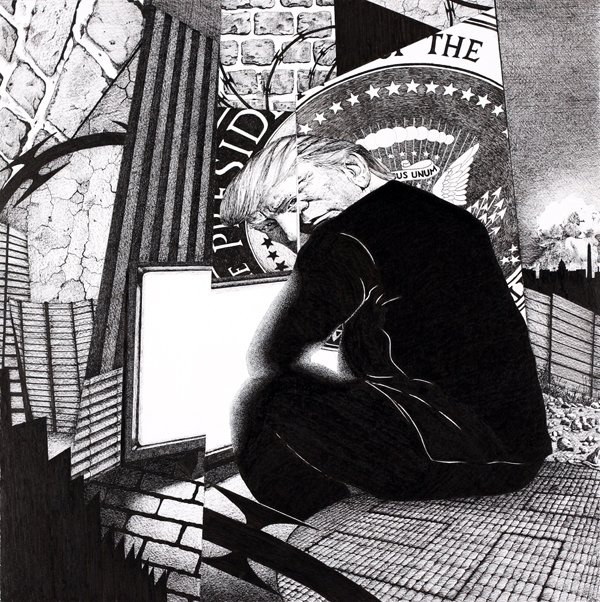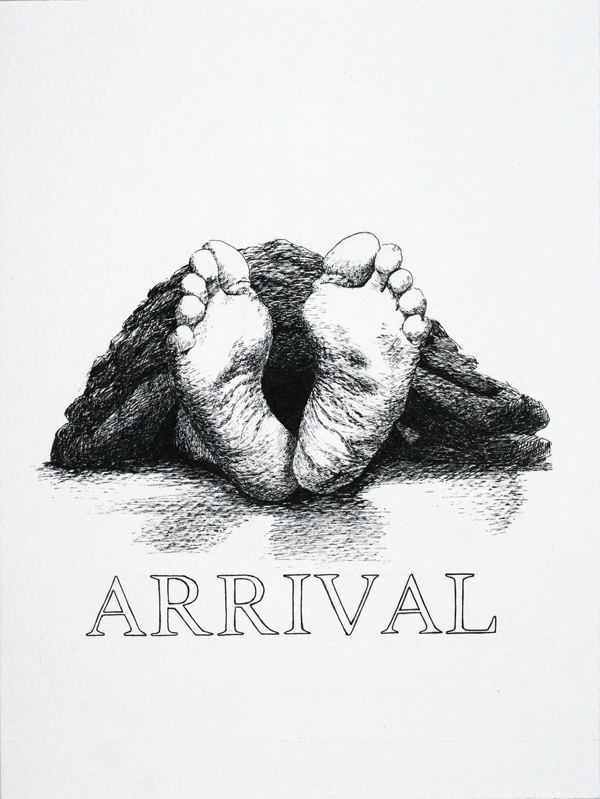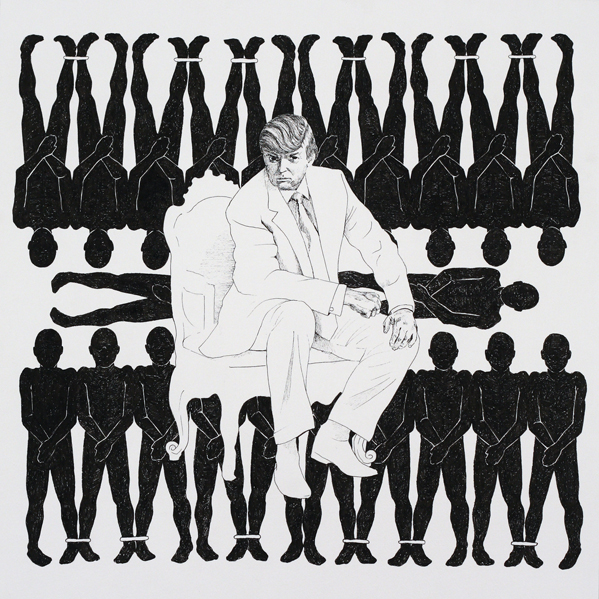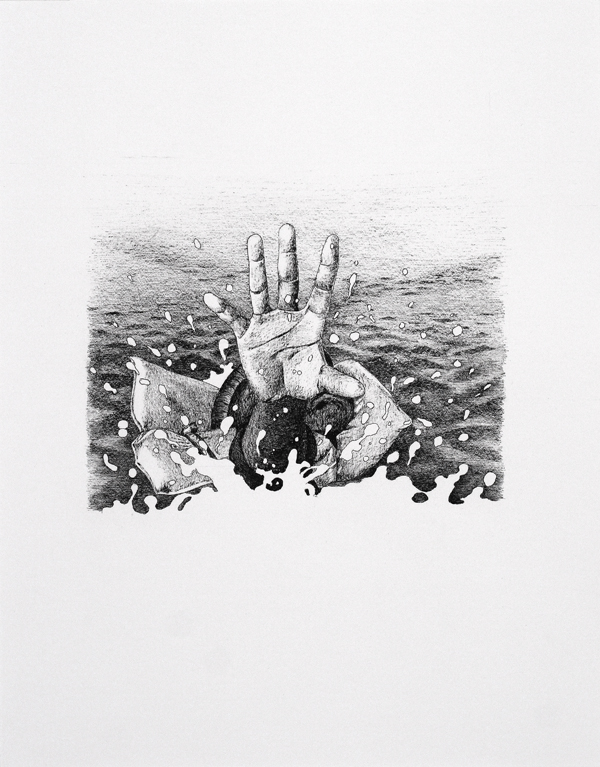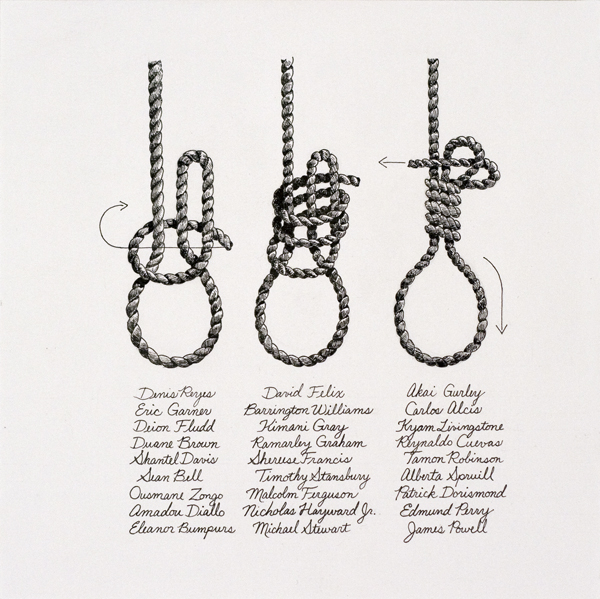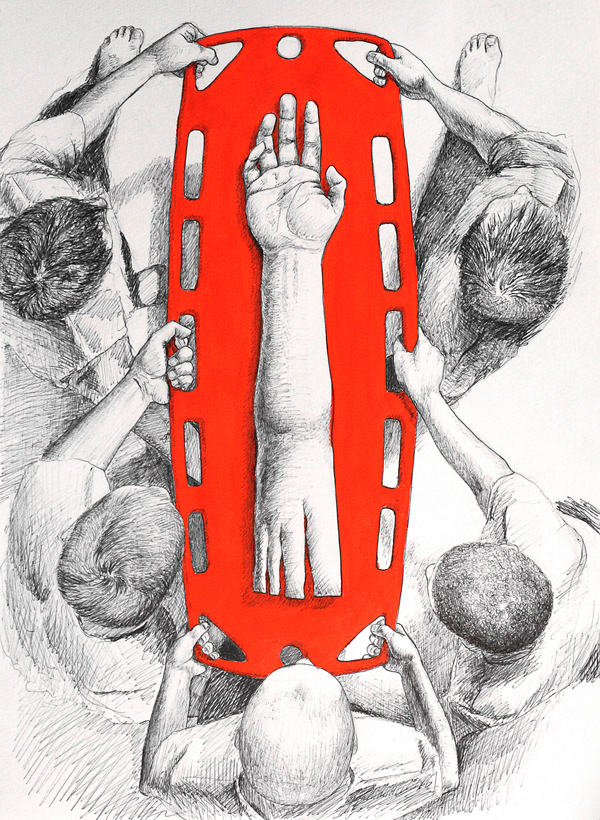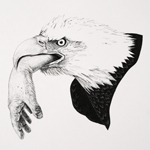BIOGRAPHY
Catherine Tafur is a Peruvian born artist based in New York City. Tafur spent her childhood in Peru in a bicultural home with a Japanese mother and Peruvian father before relocating to the US. The content of her work is informed by the experience of her youth as a queer, multiracial immigrant in American suburbia. Her drawings and paintings explore themes of death, violence, vulnerability and loss of innocence. Her subjects are political and personal, feminist and confrontational. Since studying at the Cooper Union School of Art on a full scholarship, she has had numerous group and solo exhibitions.
ARTIST STATEMENT
Painting is my method of mourning. Unbridled feminist rage, anger towards the evils of capitalism and patriarchy, and the emotional fallout of shattered expectations and broken belief system are the fodder that drive the content and shape my aesthetics. The failures of our social and political systems have exposed humanity’s incomprehensible capacity for violence. Witnessing such endless destruction leads to despair. The monster of late capitalist hegemony seems insurmountable, and modes of resistance begin to feel like Sisyphean tasks. Art is a method to wrestle with this disillusionment, to grieve for our loss of innocence, and to release collective anger in a visual scream. Here is Painting as funerary object and conduit for rage.
PRESS QUOTES
“Ms. Tafur has skillfully translated the confusion of our voyeuristic era, and the sinister underpinnings of our current global theatre in a concise, albeit disturbing image that speaks to our time… one of the most emotionally intelligent and visually pleasing shows I’ve seen all year.”
– Ola Manana, Talking Grid, 2012
“Political art has the power to comment on global situations and often dig deeper into what lies at the core, reflecting an alternative to what the media feeds its audience. Such is the case with artist Catherine Tafur…”
– Steve V. Rodriguez, Progressive Pulse, 2012
“News junkies may be intrigued by Catherine Tafur’s interpretations of current events. She puts a surreal spin on events that felt, at the time, truly surreal. Her paintings also point out the archetypes that help us explain traumatic events to ourselves.”
– Art & Culture Gallery Notes, Hotel Americano, 2012
“Tafur’s riveting, contemporary works explode with instances of violence, death, and madness.”
– Alison Martin, Examiner, 2012
“Her images are strong and contemporary. They are a unique mix of avant-garde, horror and science fiction, with both North and South American iconography: Yankees on one hand, Incas on the other. It is a powerful, mythical presentation of a human, especially feminine struggle for normal existence as seen through the eyes of a very personal, deep experience, growing up within the horrifying urban alien matrix.”
– Uri Lehavi, Art Channel, 2011
“…her work makes us aware of the irreconcilable conflict between our extraordinary capacity to love and our terror that we may not be worth loving. What we come quickly to understand from this work is that what pulls at our hearts eventually tears open our flesh.”
– Eric Fischl, 2010
“Connecting with Tafur’s art is not what happens – the shock of the grotesque surreal repels, but then locks in for real. It’s the wicked humor and high technique that does it: the shark mermaid beribboned B&D high above Times Square, Pig Beast as a baby, Elephant Turtle whose ears are legs. Not your standard bestiary. Not your standard art. So gimme more!”
– Bob Holman, 2010
“…Catherine Tafur approaches her work with great earnestness, but this is not the only reason that we find such a fresh vitality in her art… We are reminded that for an artist, the act of making art is an act of introspection.”
– Noorelkys Blazekovic, Irreversible: An International Art Project Magazine, 2010
“These “changelings” bare their innocence, pain, sexual pervasiveness and mutations openly to the viewer. Both beautiful and disturbing, some recall mythical combinations of human-beast not made from divine sources but rather painful interventions.”
– Diane Bowen, Saatchi Online, 2009
